14. Oldboy (2003)
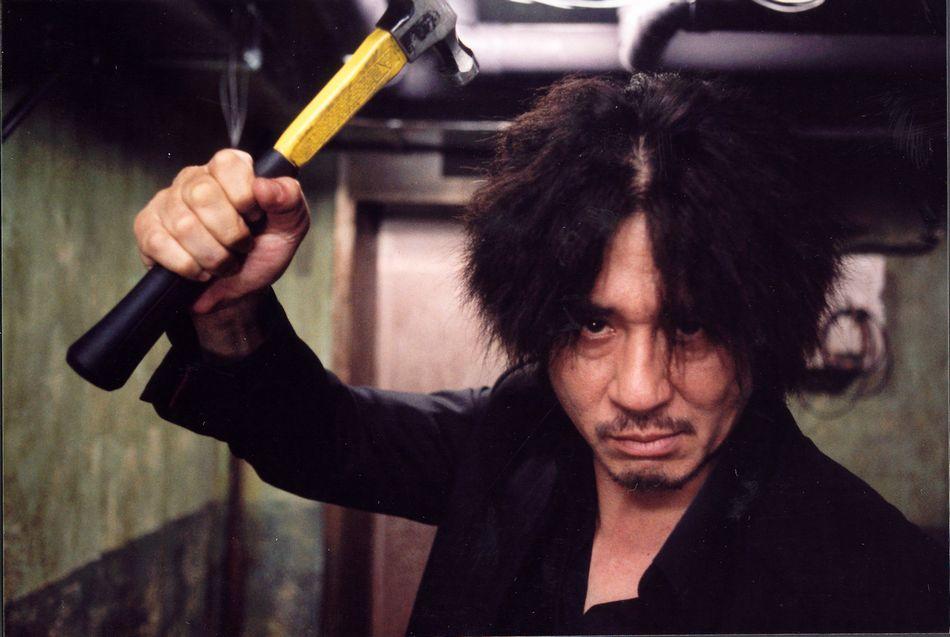
The angles of this Park Chan-wook film share a special narrative order. These takes on the shot are reminiscent to an incredible extent of the varying degrees of the subjective Point of View of ourselves, driving us to become capable of withstanding the shocking revelations that craft the story of the film and its characters.
The craft of these visual compositions is to depict the minimalism of its subjects, as to also have cultural takes on spaces, like the beautiful horizontal and bi-dimensional long-shot of Oh Dae-su’s massacre.
Space takes an important role in rearranging the fate of its characters by how the camera chooses to minimize the nature of humanity and its sometimes perverse doings, while also allowing it rebirth through the use of line-of-sight composition that balances spectator and spectacle to what is a rhythm that can lower and increment its intensity based on arguments and revelations.
13. Melancholia (2011)
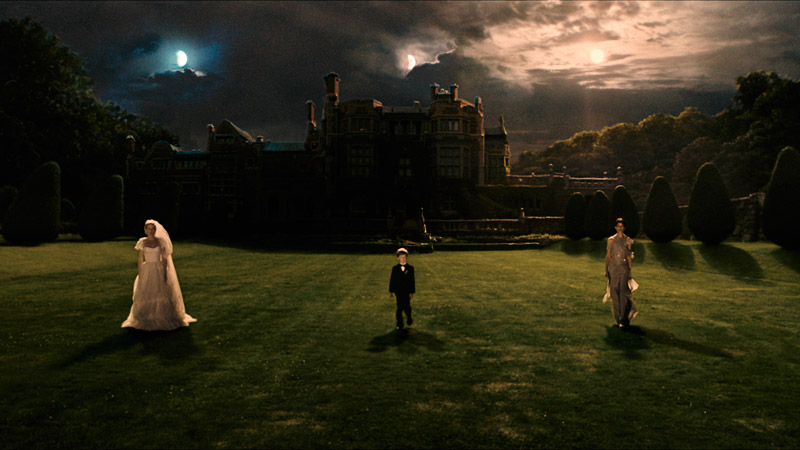
Bad boy Lars von Trier proves untamable here once again. The understanding of this film backtracks to the source, to the insight that Manuel Alberto Claro manages to tell with the powerful motif of analogies, and how ideas or replications of them are nothing more than the eventful spectacle of restlessness.
Von Trier chooses to communicate through mesmerizing imagery and stills, establishing a perplexed tempo and primitive style of communication, comprehending that solely environments and atmospheres capture an insightful degree of consciousness.
Symmetrical takes, which prefer the use of long and medium shots to always capture the individual, are a prey of the depressing conditions and surroundings that ultimately dictate the grander aspects of fate altogether.
12. City of God (2002)
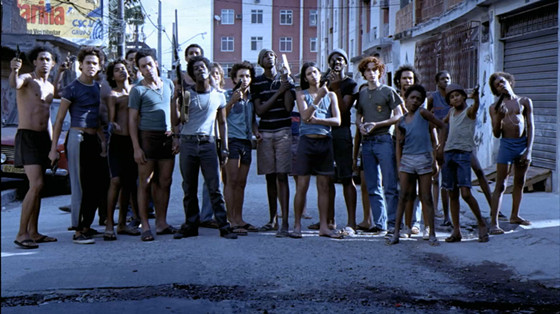
Fernando Meirelles and Kátia Lund construct with César Charlone an empowering tale of crime that is confined to the ever-expanding walls of Rio de Janeiro. Never had low-angle shots been so powerful and ever-present in the connotation of power in a film.
There is a sadness and melancholy that follows every discovery, yet these emotions are to be rapidly cast aside by a fine rhythm in composition, employing long and medium shots to accommodate the viewer into the source of every story a character has in this film, being more than protagonists, but instruments of the city to tell a wholesome story.
11. Enter the Void (2009)
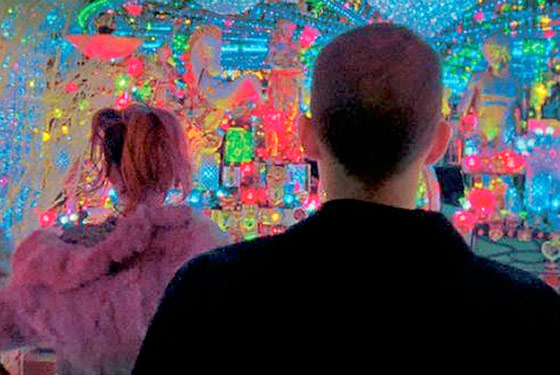
Gaspar Noé is not a filmmaker to be taken lightly, and neither is his work. “Enter the Void” is no exception, with shattering expectations of what visual sense is, being completely revamped and mutated to what only the narrative dictates.
A constant visual shock is processed in the back of the minds of every person that withstands this film. There isn’t room for rest here, only having hallucinogenic bypasses of tempest in assimilation of information.
Technique and the criteria for it is very obscure here, opting to create convoluted implications of distress and stillness from the various angles and degrees of color. Medium-shots and extreme close-ups are interwoven with an infused sense of vertigo of the city here, with the void being the restless ambience that is ever-present in this film.
10. Requiem for a Dream (2000)
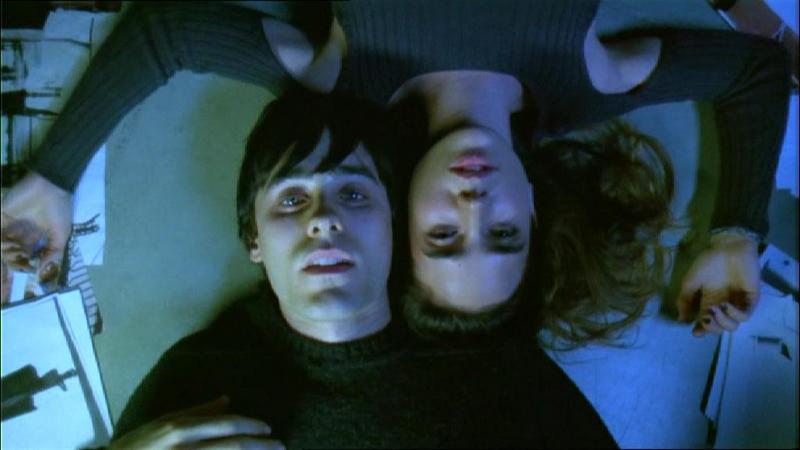
Darren Aronofsky challenges the viewer and does one thing few directors manage to do: leave the viewer heavily sedated, wanting less, if possible, but in a good way.
The use of close-ups and two-shots were never more unnerving than here, with Harry not being in control of his story, being the camera and the utilized detachment from the take that make it distressing as to empathizing.
The vertical and visceral high-angle shots converge with the maligning metaphor of sedation and how composition is carved through soft-focus visual analogies, challenging viewers and making them disgusted and torn apart by every frame and metaphor in the film, not being able to separate projection from reality.
9. The Man Who Wasn’t There (2008)
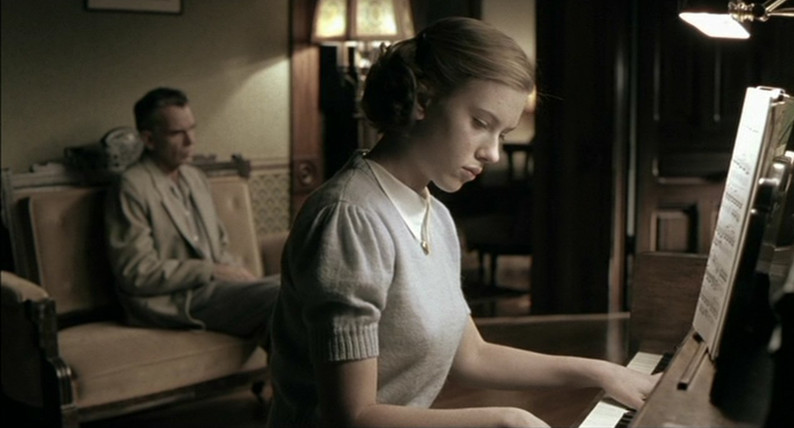
This film is all about what to use and what to leave behind. The Coen brothers utilize the experience of master Roger Deakins to create, through the poetic language of noir, an existentialist film that communicates to incredible extents what means to be in a place and a time, and to be absent from these common factors.
Plain ol’ Ed Crane is more than meets the eye. Billy Bob Thornton brings his A game to what is an aesthetically woven picture. Every scene feels like a portrait that has a story carved in the wood that has engraved the secrets of life.
The use of two-shots and a dramatic ensemble of angles allow to bring the extraordinary from the enigmatically common presentation of the film and create short stories from every single shot, making it a smooth and fading experience that encapsulates the meaning and identity of its main character and its presence.
8. American Beauty (1999)
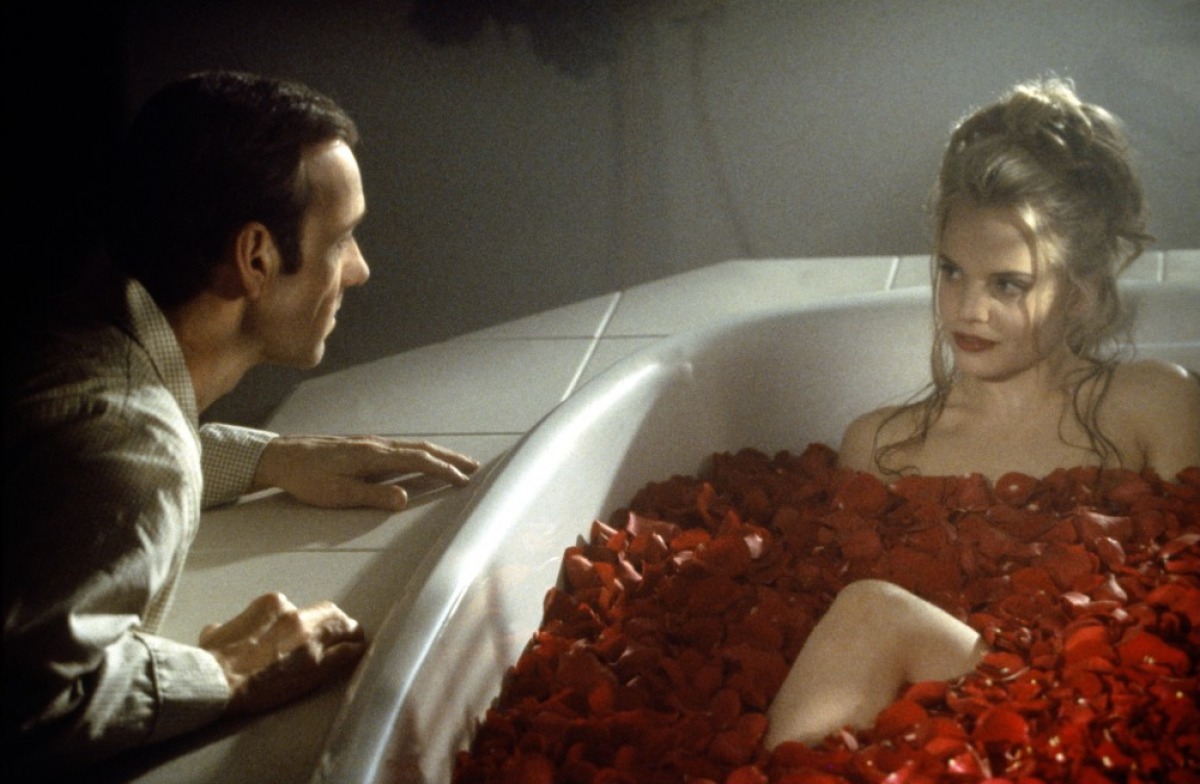
This film utilizes traditional composition to a very powerful extent, making it dreamlike. The desires of Lester are center-weighted and make a lasting impression on the viewer. The symmetry in the picture is outstanding, choosing traditional placement of weights in the frame to make it a possible and translating experience to the frame. Lester’s cravings for Angela are only a projection of his ineptitude in achieving the freedom he has always craved, as he discovered in the end.
Establishing shots with the empathy of track-ins also prove a major source of information, empathizing with Lester and his world, while also retracting from it and making him a dot in this American beauty of creation.